The Gyunggijeon Jeonjusago – Only place where the original annals of the Chosun dynasty are kept.
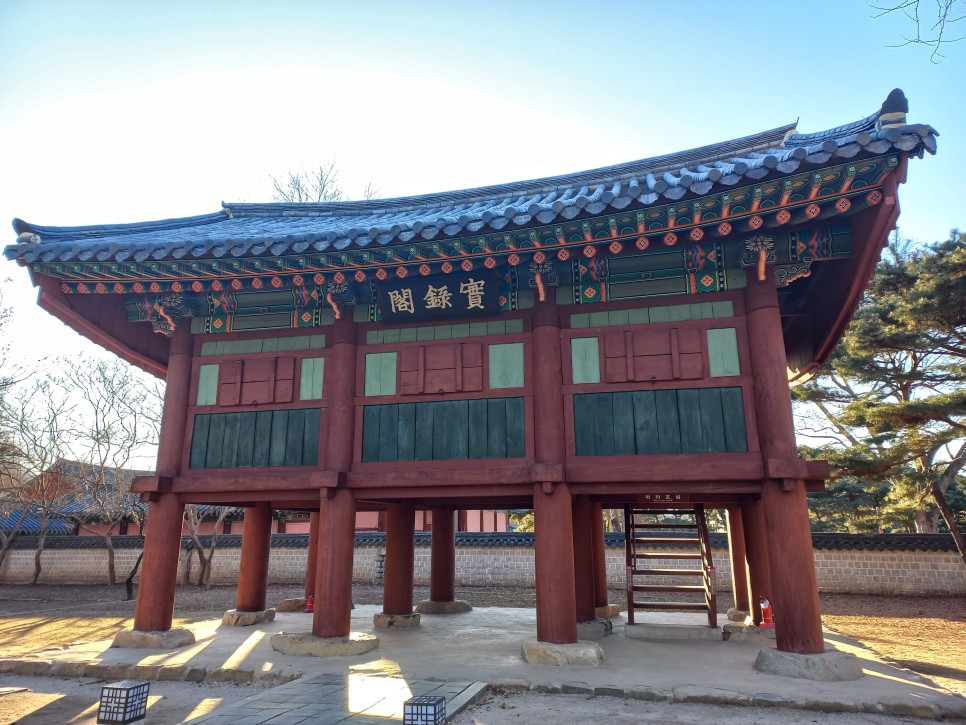
< Annals of the Chosun Dynasty>, listed by UNESCO as ‘Memory of the World’
The Gyunggijeon Jeonjusago – Only place where the original annals of the Chosun dynasty are kept.
<Before you Read…>
- sago : A place where historical records an important books were preserved and stored during the Chosun Dynasty
- Jeonjusago : The ‘sago’ located in Jeonju
- Gyeonggijeon : A shrine surrounding Jeonjusago. It contains the portrait of King Tae-jo, the founder of the Joseon dynasty.
As the saying goes, ‘Look back to see ahead.’ This is a phrase that modern societies can’t afford to overlook. Had the Annals of the Chosun Dynasty been unkempt, we would have never had the opportunity to learn about the history of the Chosun Dynasty in an unbiased and truthful manner. The Chosun Dynasty’s entire history is documented in the Annals, which have been designated a “Memory of the World” by UNESCO. Get to know Jeonjusago, the safe haven that preserved the Chosun Dynasty Annals from the devastation of war! In this post, I will take you on a tour of Jeonjusago while giving you a glimpse into the foresight and bravery of our forefathers, who ensured the safety of the Joseon Dynasty’s historical records. What are we waiting for? Let’s dive in!
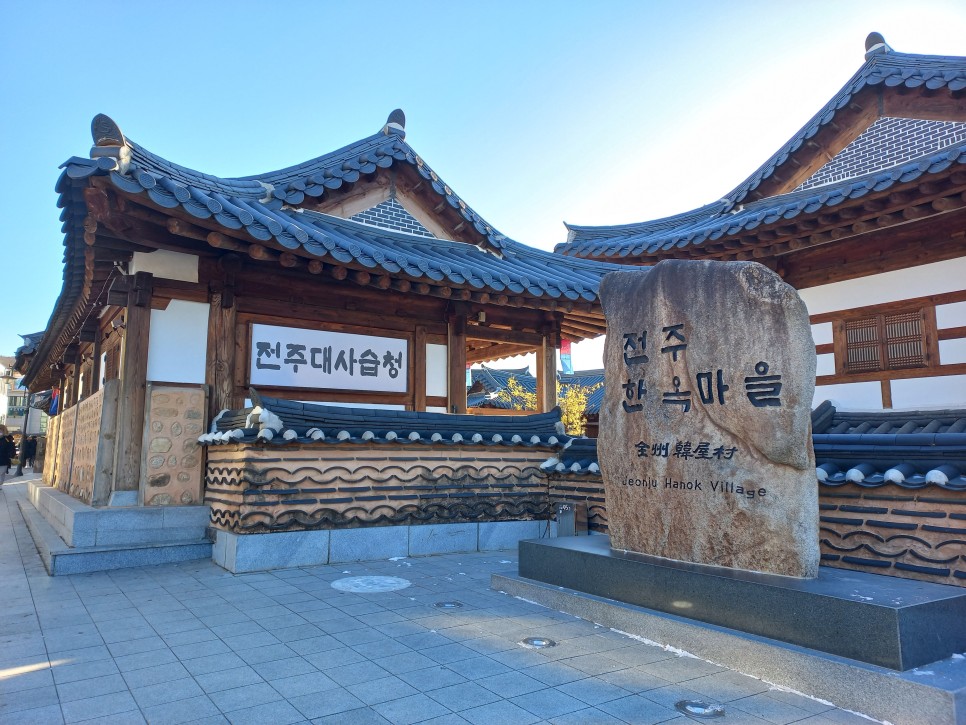

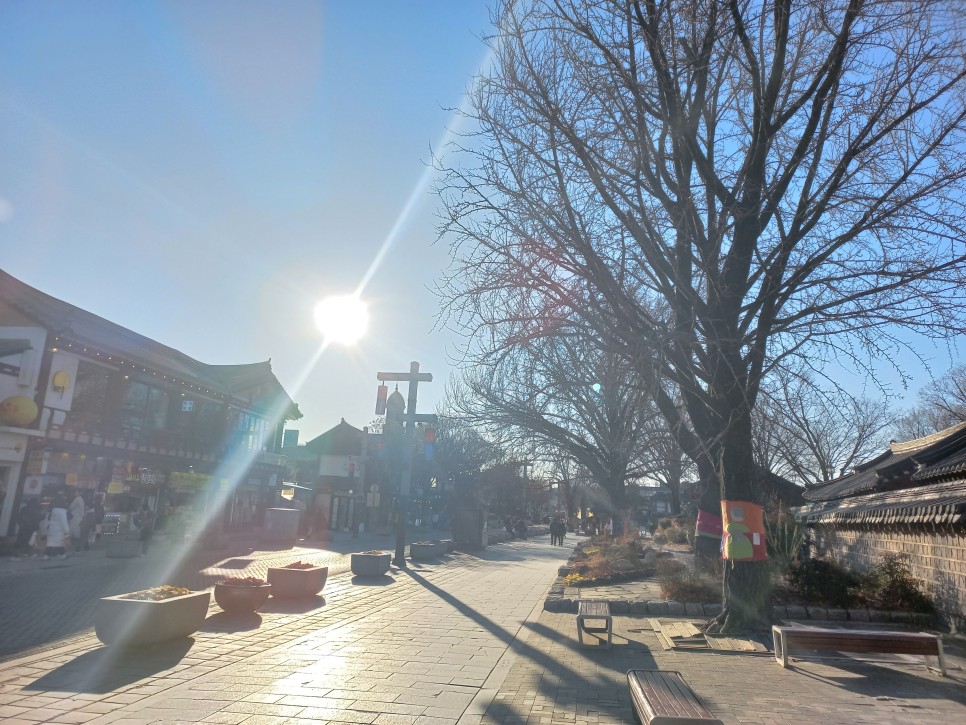
The famous Jeonju Hanok Village begins at this signpost of Hanok Village. You will find a signpost of Hanok Village, which marks the starting point of the famous Jeonju Hanok Village. Walk along that signpost, and you’ll eventually reach the Hanok Village Library in the first side street. It’s a place for locals and visitors alike to relax in the traditional Korean architecture of a Hanok while venturing deeper into the world of knowledge!
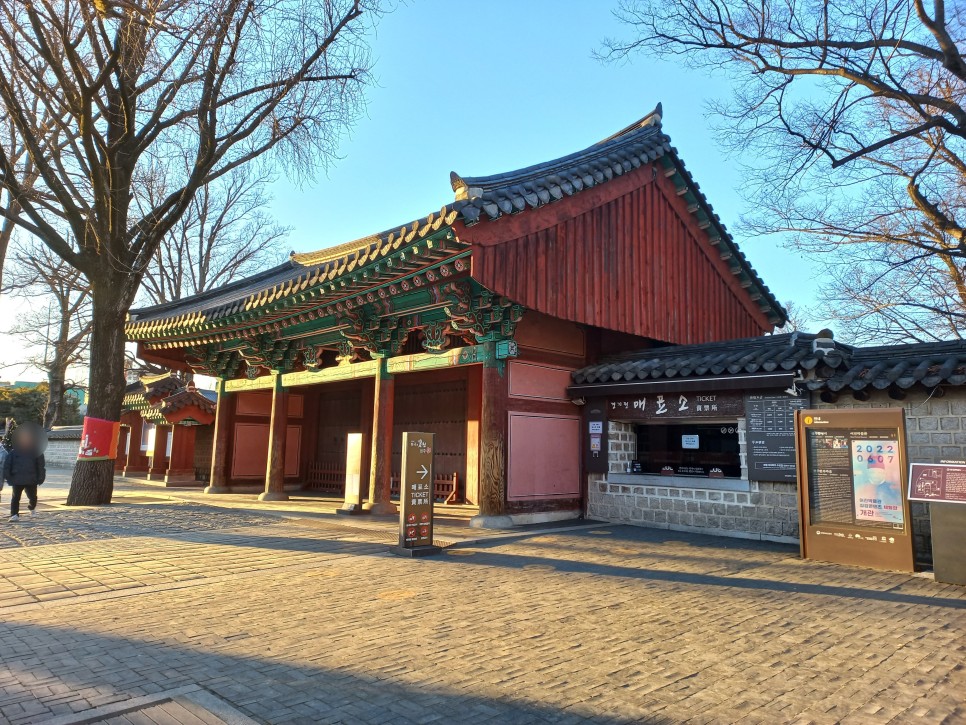
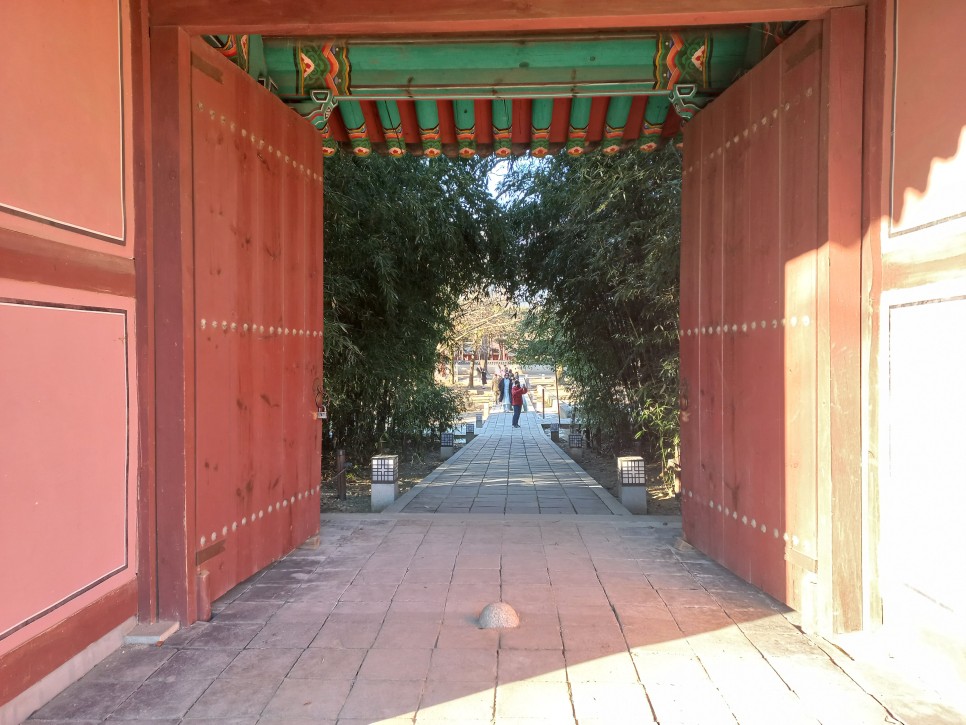
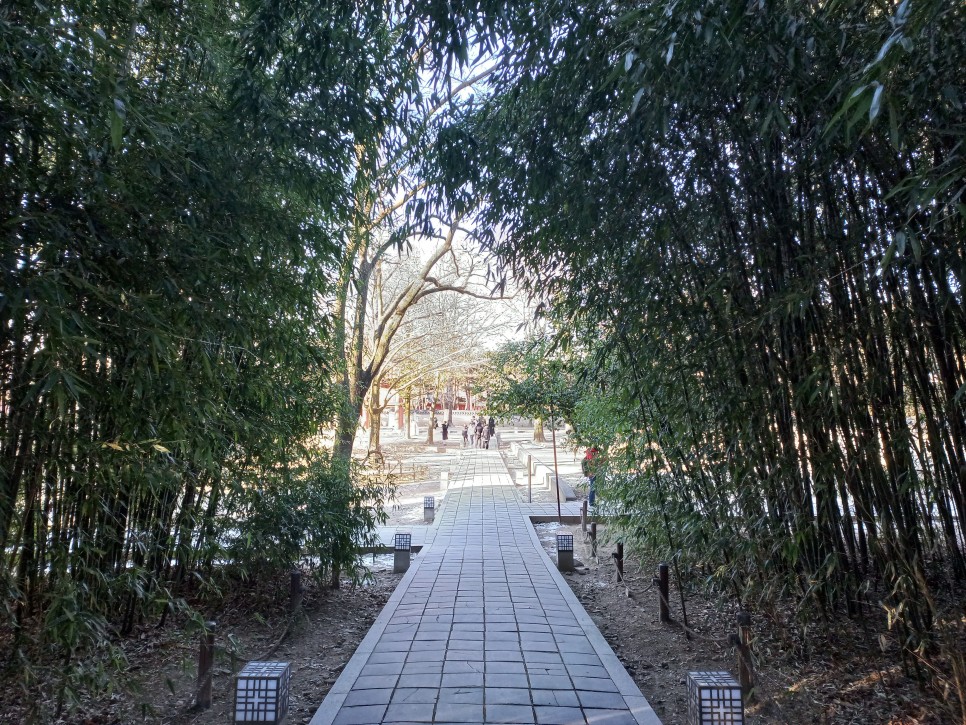
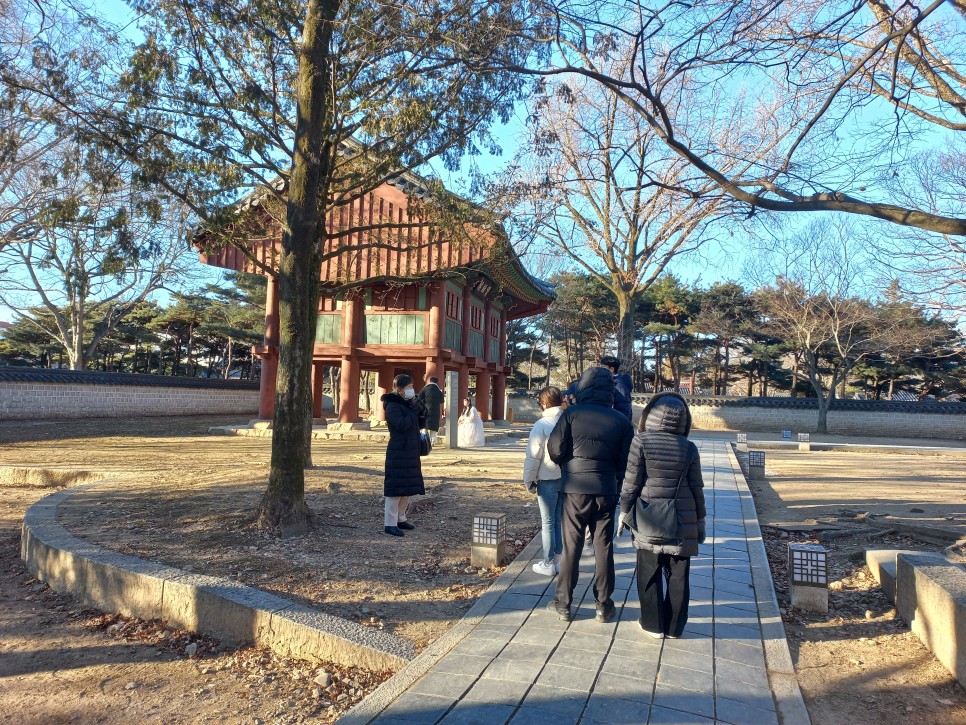
Jeonjusago is actually surrounded by the Gyeonggijeon. Upon entering Gyeonggijeon Hall, you will be greeted by a lush bamboo forest on your right. Frolic past the bamboo trees, and you will find Jeonjusago! As a matter of fact, a historical overview of Jeonjusago is provided here with the help of a tour guide. We recommend you to have a listen to the overview if possible. You’ll get to learn a lot and have a great time discovering the Jeonjusago!

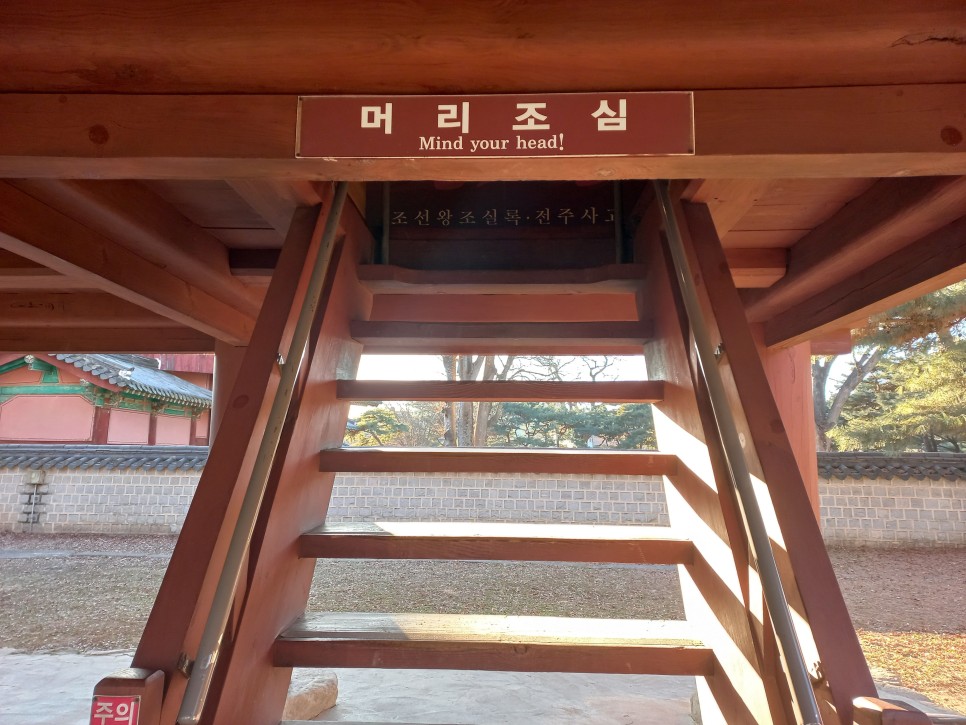
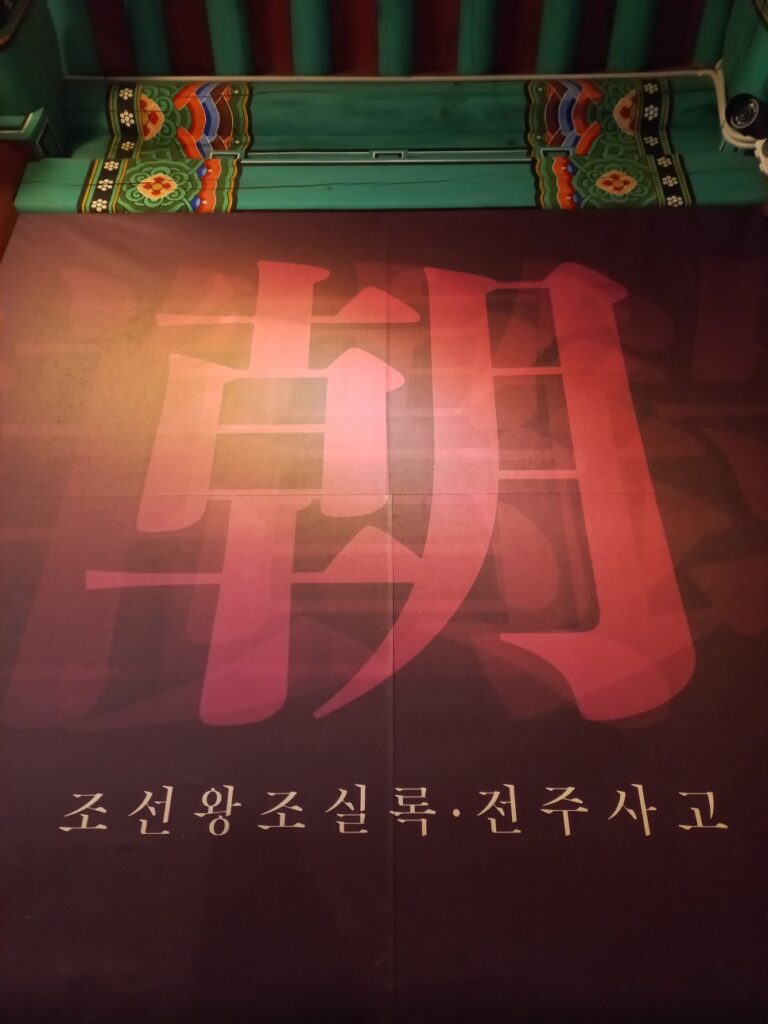
You will also discover a wooden staircase, which is connected to the Jeonjusago itself. Although it’s easy to overlook, this structure has significant historical significance. This building has housed the Annals of the Chosun dynasty, which helped historians uncover a crucial portion of Korea’s tale. After all, history repeats itself; history teaches us how to avoid repeating past and create better paths for our societies. So without further ado, let’s dive into the details about the Annals of the Chosun Dynasty!
A Comprehensive, Unbiased Record of Korean History
The Annals of the Chosun Dynasty is a national historical record of kings throughout the Chosun Dynasty, documented in chronological order. There are records of almost every area of knowledge : politics, economy, everyday life, military, and diplomacy. Every ruler from the first king, Taejo, through the 25th king, Cheoljong, is extensively recorded between the years 1392 and 1863. Although they are called the ‘Annals’ of the Chosun Dynasty, they were actually updated on a daily basis.
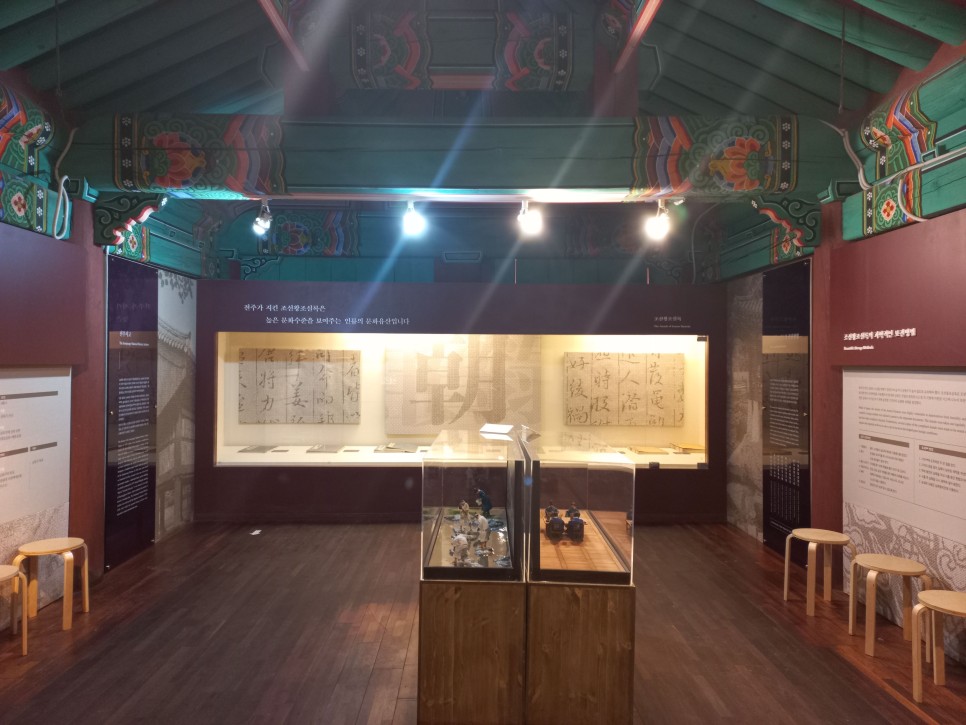
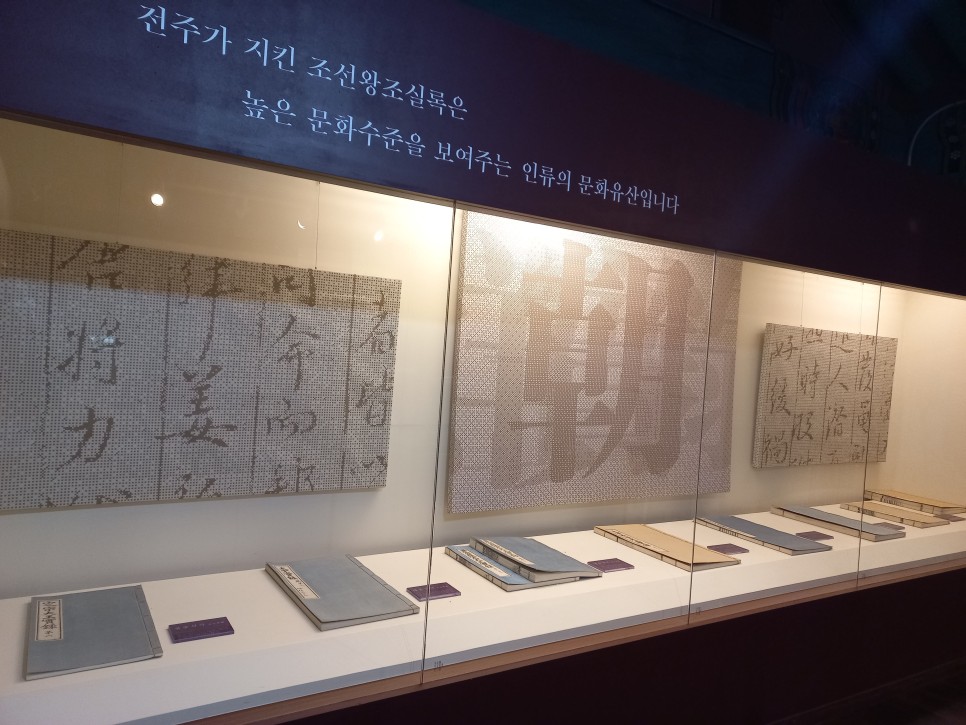
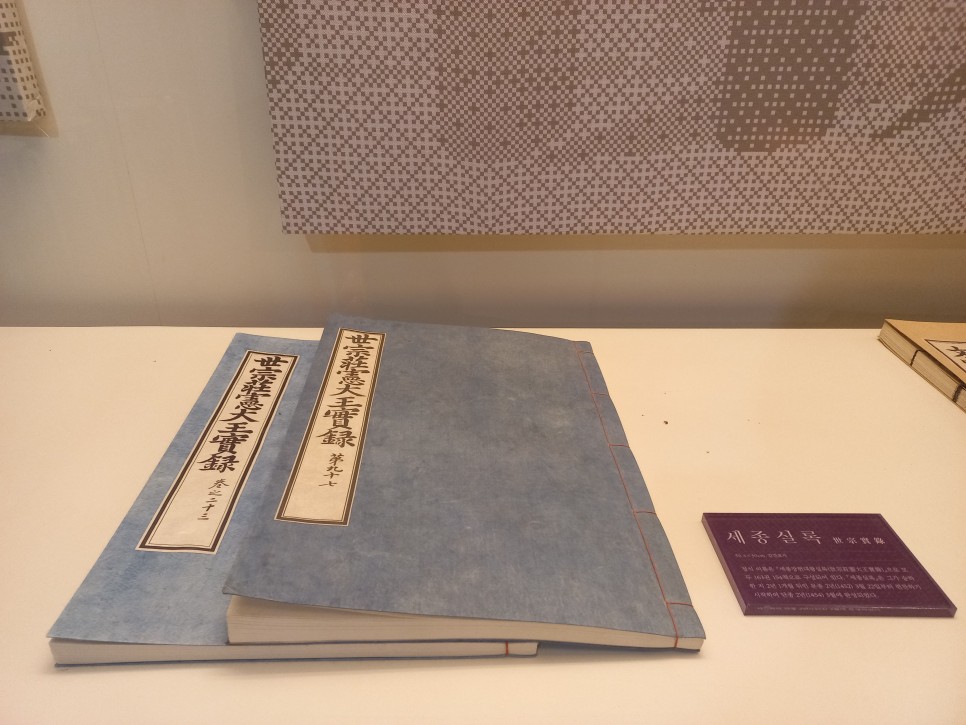
At this point, some Korean folks might wonder : Hmm, when I memorized the Chosun Dynasty kings, I thought there were 27 kings. Why are there only 25 in the Annals of the Chosun Dynasty? Some Koreans may be wondering at this point: Hmm, when I memorized the Chosun Dynasty kings, I thought there were 27 kings. Why are there only 25 in the Chosun Dynasty Annals? Here’s the answer. Annals of Gojong and Sunjong, Chosun’s 26th and 27th kings, were originally compiled as part of the Chosun Dynasty’s Annals. However, because they were written during the Japanese colonial period, they were excluded from the Chosoun Dynasty Annals as well as the UNESCO list of ‘Memories of the World’ and National Treasures.
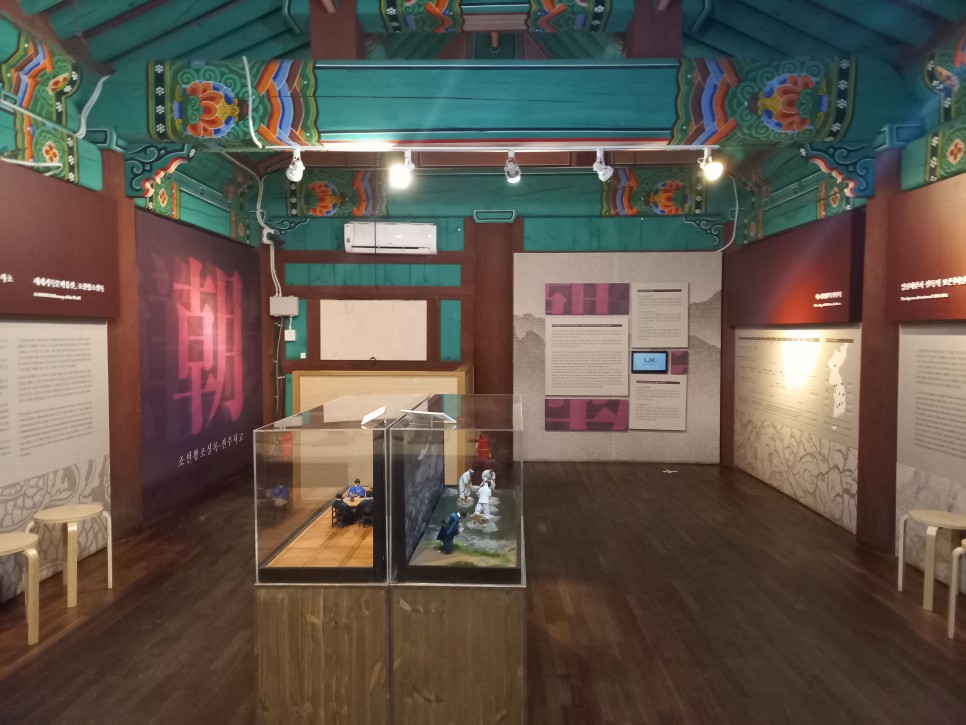
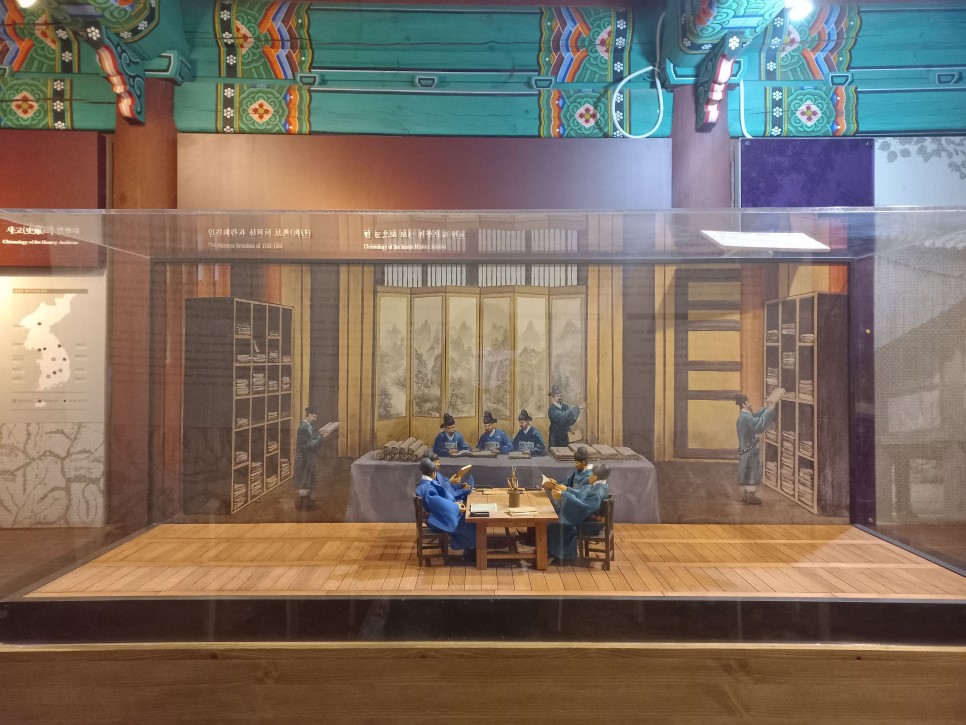
Why was the Annals of the Joseon Dynasty listed by UNESCO as ‘Memory of the World’?
- The Chosun Dynasty Annals are valuable historical materials that cover a wide range of topics, including politics, economics, society, culture, and natural disasters.
- Chosun firmly adhered to the principle that the compiled annals should not be accessed or read by descending kings, for fear of being intentionally altered by them. Although countries with Confucian cultures, such as Japan, China, and Vietnam, have similar annals, such rules were not followed.
- By sticking to this principle, the Annals of the Chosun Dynasty are extremely reliable in terms of content. Because the kings had no access to the details, they could not be changed, distorted, or have parts of them deleted.
- Chosun is the only country in the world where the original annals, which were written during the reign of the kings, have survived. Other countries only have reproductions or originals that have been remade in modern and contemporary times.
How were the Annals of the Chosun Dynasty preserved?
The Annals of the Chosun Dynasty consist of 1893 books. When stacked on top of each other, it reaches 32 meters in height, which is equivalent to the 13th story of a typical apartment building. So, how did our forefathers preserve and manage such vast amounts of historical documentation?
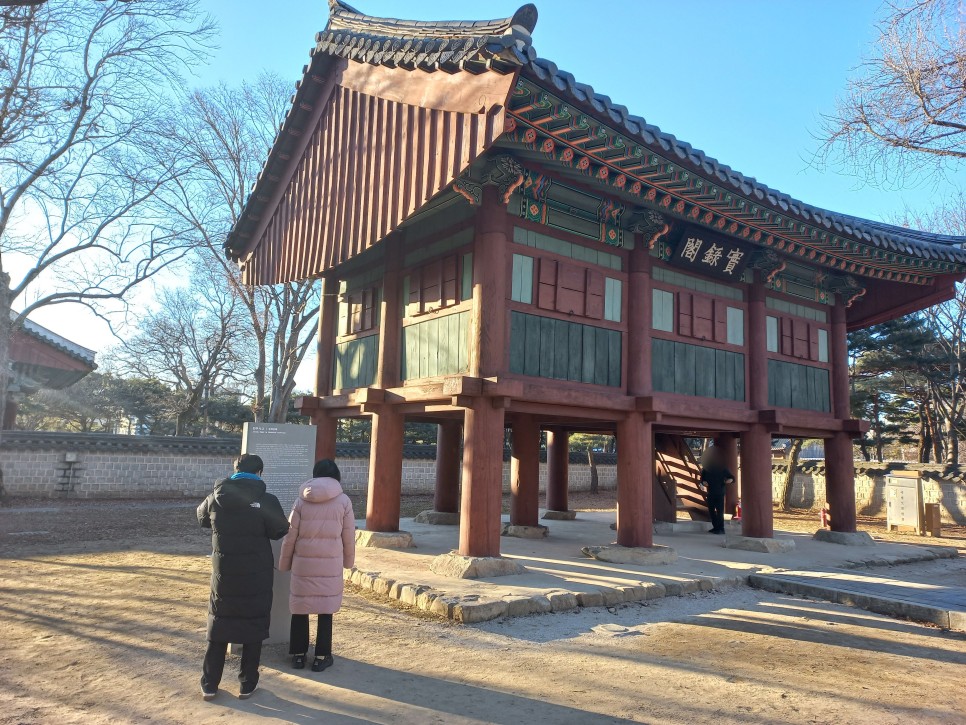
The Jeonjusago is a pavilion-shaped wooden structure. Modern museums and National Archives use cutting-edge systems that regulate temperature and humidity to provide an ideal environment for preservation. During the Chosun Dynasty, however, our forefathers visited Jeonjusago every two to three years, taking out every record and flipping the pages one by one to dry out any moisture that could contaminate the books. They were able to maintain the Chosun Dynasty Annals in excellent condition this way.
They also placed and distributed buildings in which they could keep the record safe in preparation for national crises such as war or natural disasters: one inner sago in Chunchugwan, and three outer sagos in the rest of the Korean provinces. Except for the records in Jeonju Sago, all of the records distributed in three locations: Chunchugwan, Chungju Sago and Seongju Sago were destroyed during the Imjin War. It is said that after hearing about this unfortunate event, forefathers including Ahnui, Son Hong-rok, and Oh Hee-gil relocated the historical records in Jeonju to Yonggulam Cave in Naejangsan Mountain and safeguarded them for about a year. When the Chosun government learned of their devotion, they ordered that the annals be preserved at the government level, which brings us to the present day.
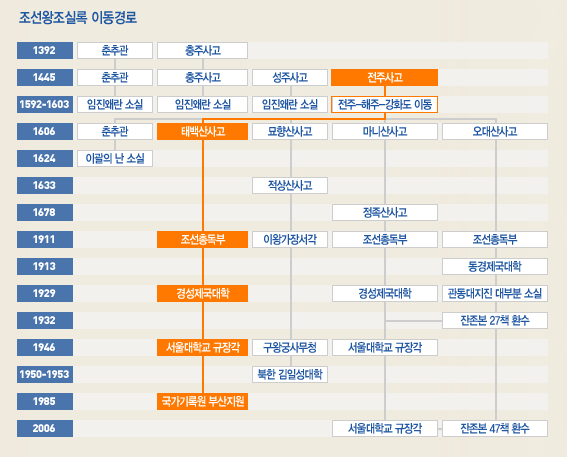
Following the Japanese colonial era and the Korean War, it is now housed in the Kyujanggak of Seoul National University and the National Archives in Busan. Meanwhile, the annals in Jeoksangsan were taken to North Korea and are now under the care of North Korea’s Kim Il-sung University.
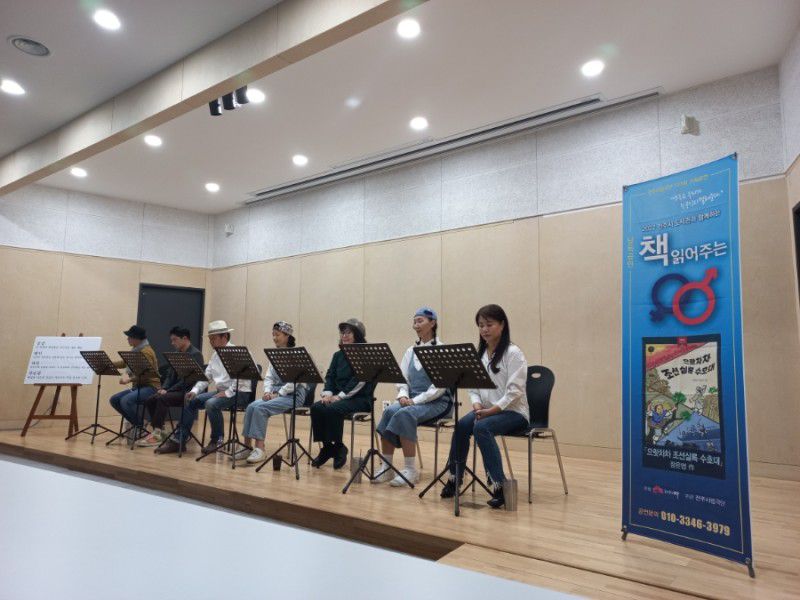
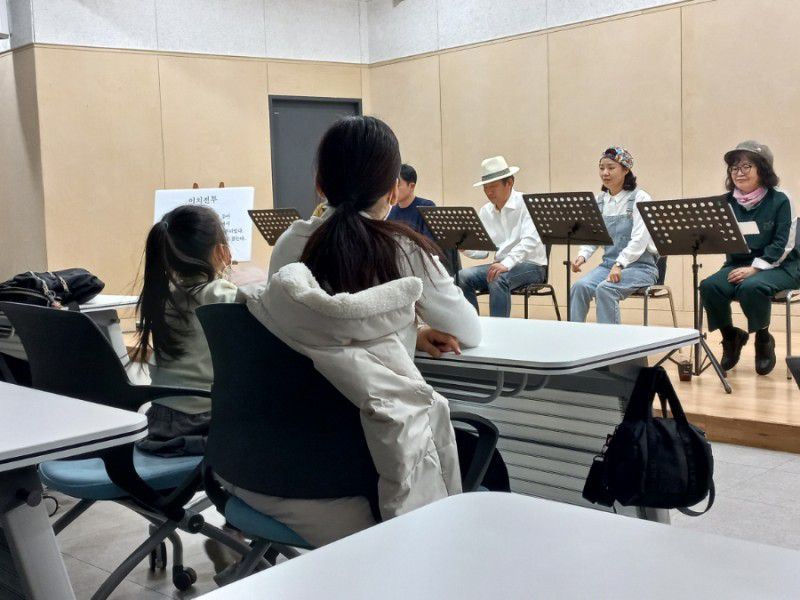
<The Annals of the Chosun Dynasty> overcame and endured numerous national adversities. The unsung heroes who safeguarded the Jeonjusago records are buried beneath its preservation. I’d like to introduce you to a book that tells us the fascinating stories of the heroes who saved the Jeonjusago records from destruction. In addition, the Jeonju City Theater has presented us with a captivating book-reading performance. It was a priceless experience where children could easily access history by having a book read to them!
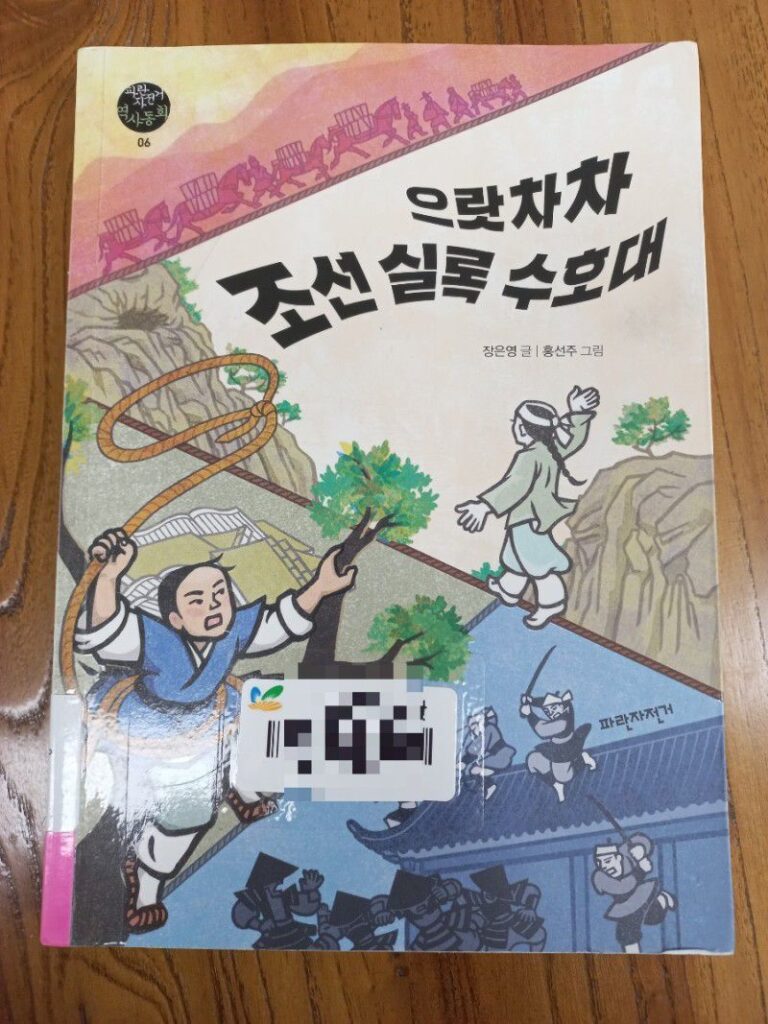
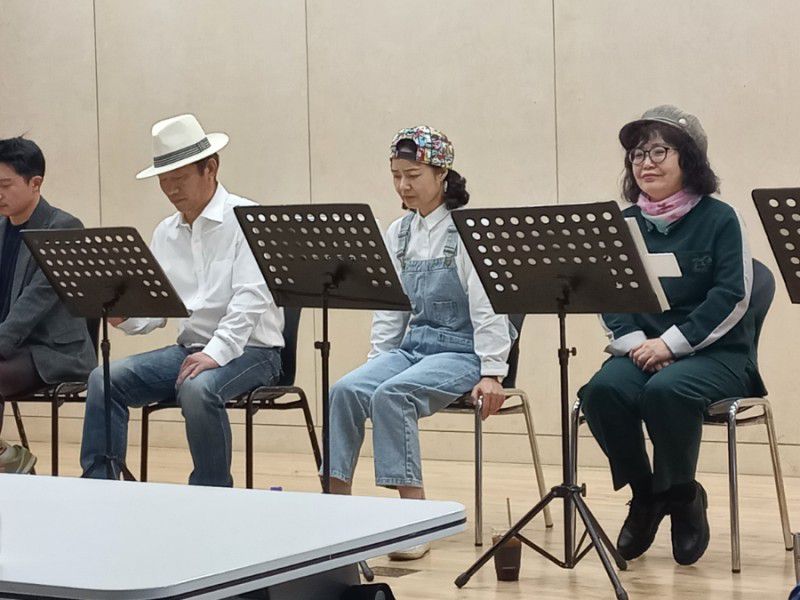
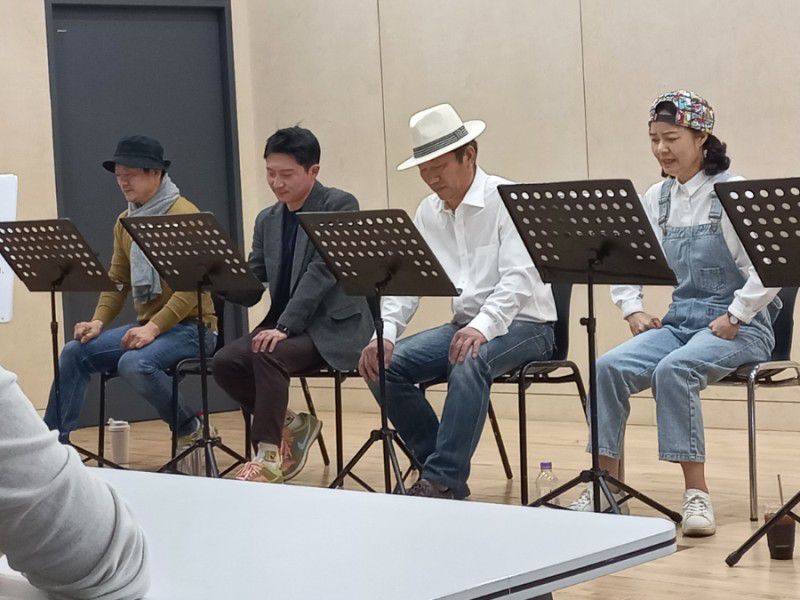
We present you <Hurrah! Chosun Dynasty Guardians>, the main performance of the book-reading show brought to you by members of the Jeonju City Theater. The records of Chunchugwan, Chungju, and Seongju sagos were all destroyed during the Japanese invasion of Korea in 1592. Fortunately, the records of Jeonju Sago were safely evacuated, thanks to the quick response of local residents and people working in Jeonjusago. <Hurrah! Chosun Dynasty Guardians> tells the untold stories of those unsung heroes that risked their lives to keep the Jeonjusago records safe on that fateful day.
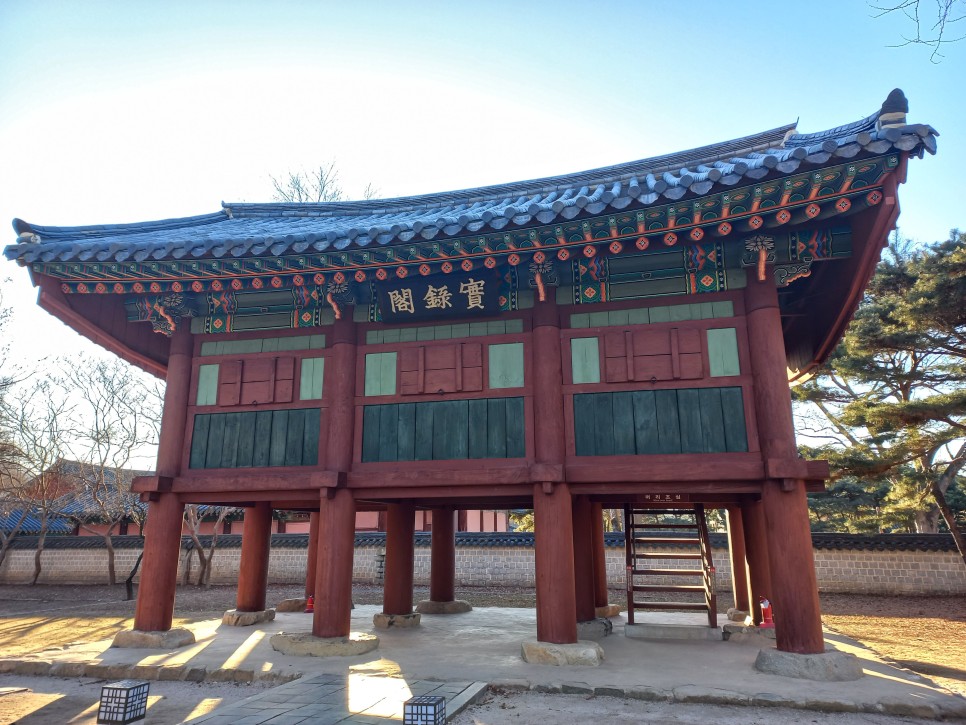
Oh Hee-gil, Anhui, Son Hon-rok, and every unsung hero that guarded the Gyeoggijeon. Without the devotion of these forefathers, the historical records of Jeonjusago would have been wiped from history. Thanks to them, Jeonjusago has survived to tell the tale of the Chosun Dynasty that we know and cherish!
If you go to Gyeonggijeon, make sure to stop by Jeonjusago. The beautiful, lush bamboo forest at the entrance to Jeonjusago is certainly a sight to behold; however, if you gently close your eyes and roam the spaces of Jeonjusago, you will have the opportunity to travel back in time and experience the wonders of another facet of Jeonju’s history. Thanks to the Jeonjusago in Gyeonggijeon, the <Annals of the Chosun Dynasty> are now safe and sound.
[Gyeonggijeon Tour Opening Hours]
March to May, September to October: 9:00 to 19:00
June to August: 9:00 to 20:00
November-February: 9:00 to 18:00
*Entry closes 1 hour before the end of business hours*
Every last Wednesday of the month(Day of Culture), you can take a FREE tour of Gyeonggijeon!
-
Bapi Mukherjee


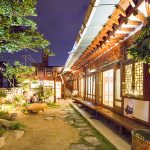

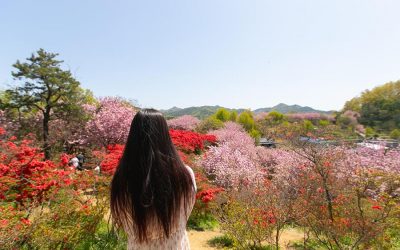



Recent Comments